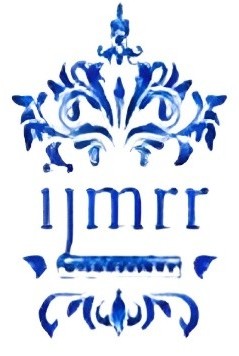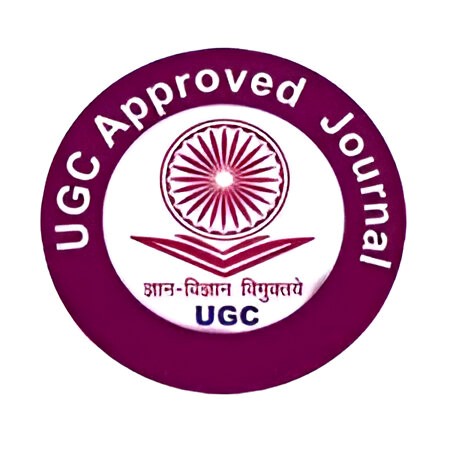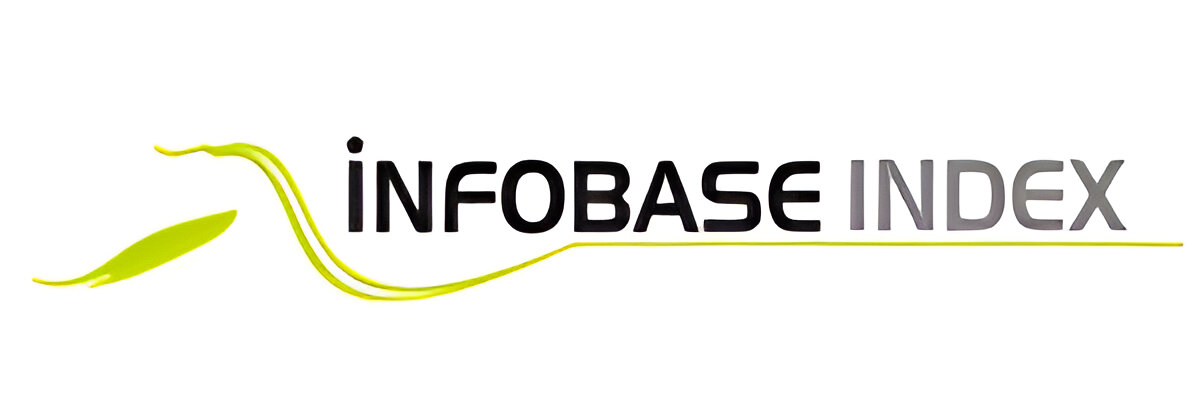ARCHITECTURE OF HIGH-PERFORMANCE FOURIER TRANSFORM INFRARED FILTERS FOR STATIC AND DYNAMIC USE
Abstract
The multiple constant multiplications (MCM) method, which results in significant computing
savings, is made possible by transpose form finite-impulse response (FIR) filters. These filters are designed to be
pipelined. Transpose form configuration is different from direct form configuration in that it does not permit block
processing directly. Our goal in this study is to find out whether it is possible to build high-order FIR filters in a
transpose-form configuration that can achieve area-delay efficiency for both fixed and reconfigurable
applications. After conducting an extensive computational analysis of the FIR filter's transpose form
configuration, we have created a flow diagram for a block FIR filter with optimized register complexity. We
provide a generalized formulation of a transpose form FIR filter block. Our universal multiplier-based
architecture for the transpose form block filter has been designed for reconfigurable applications. An further lowcomplexity
method for the block implementation of fixed FIR filters using the MCM scheme is also detailed. For
medium or large filter lengths, the proposed structure uses much less energy per sample (EPS) and area delay
product (ADP) than the current block implementation of direct-form structure. , for short-length filters, the block
implementation of direct-form FIR structure uses much less EPS and ADP. In comparison to the best-available
FIR filter structure for reconfigurable applications, the proposed structure with a block size of 4 and a filter
length of 64 uses 42% fewer active semiconductor photons (ADP) and 40% less effective semiconductor photons
(EPS). Compared to the existing direct-form block FIR structure, the proposed structure utilizes 13% less ADP
and 12.8% less EPS while maintaining the same filter length and block size.











